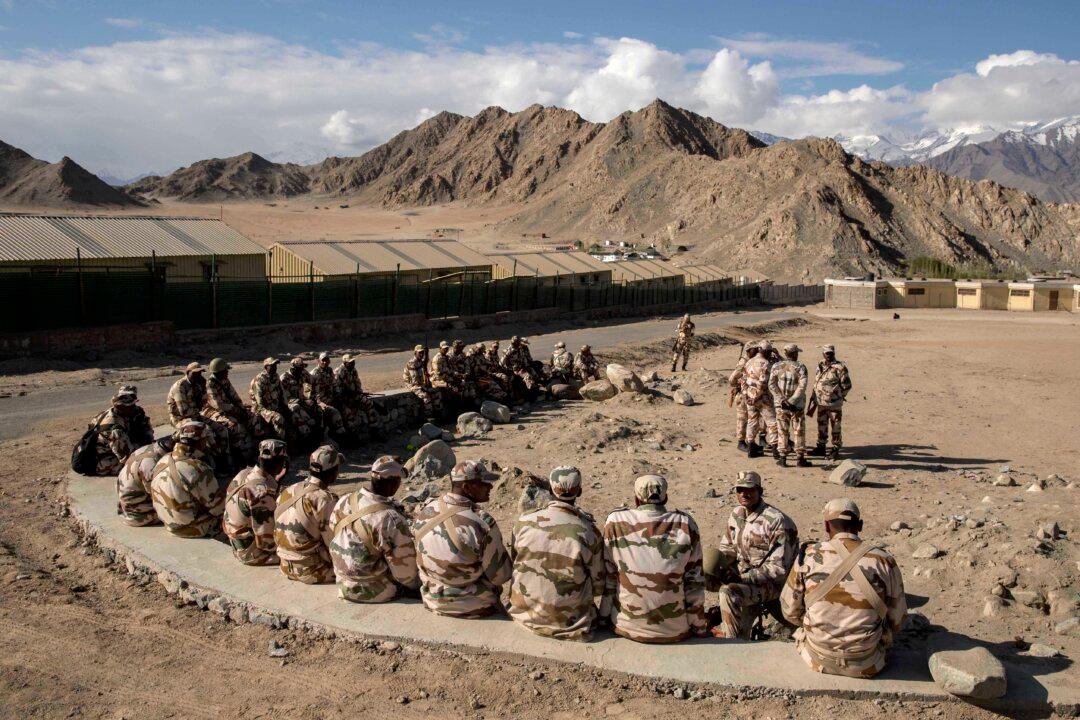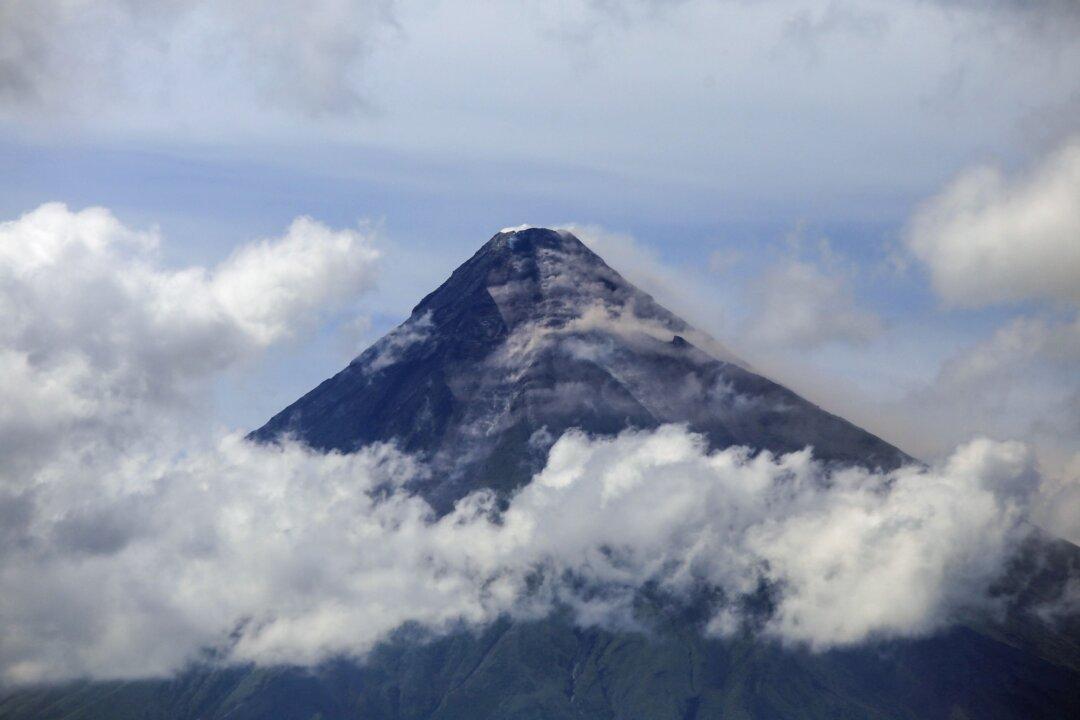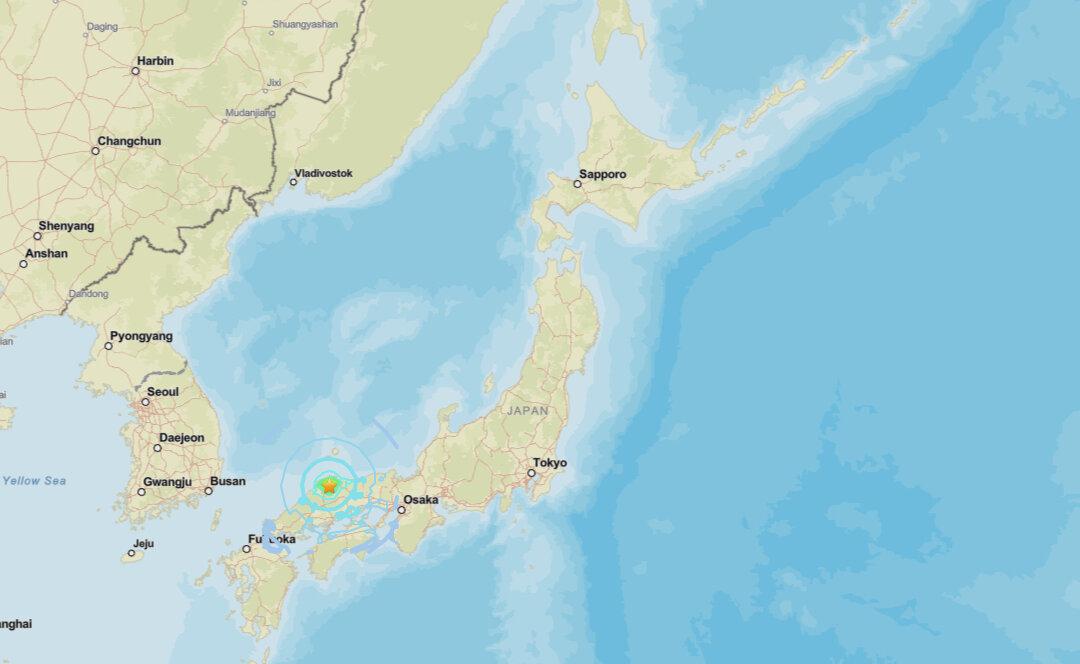NEW DELHI/SRINAGAR—A Himalayan border standoff between old foes India and China was triggered by India’s construction of roads and airstrips in the region as it competes with China’s spreading Belt and Road Initiative, Indian observers said on May 26.
Soldiers from both sides have been camped out in the Galwan Valley in the high-altitude Ladakh region, accusing each other of trespassing over the disputed border, the trigger of a brief but bloody war in 1962.





